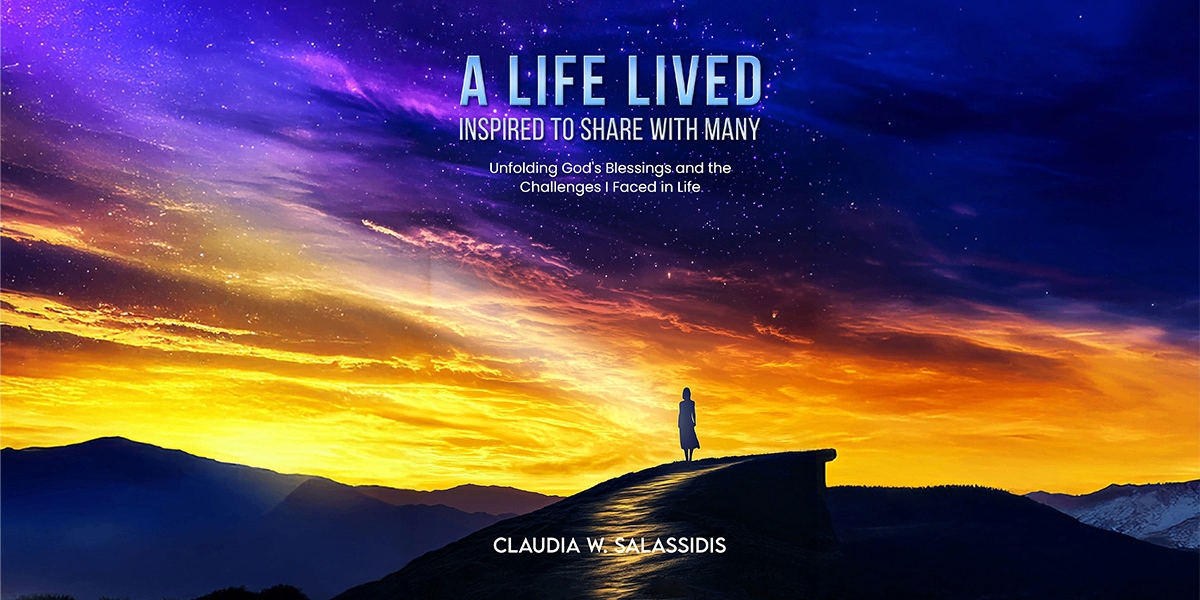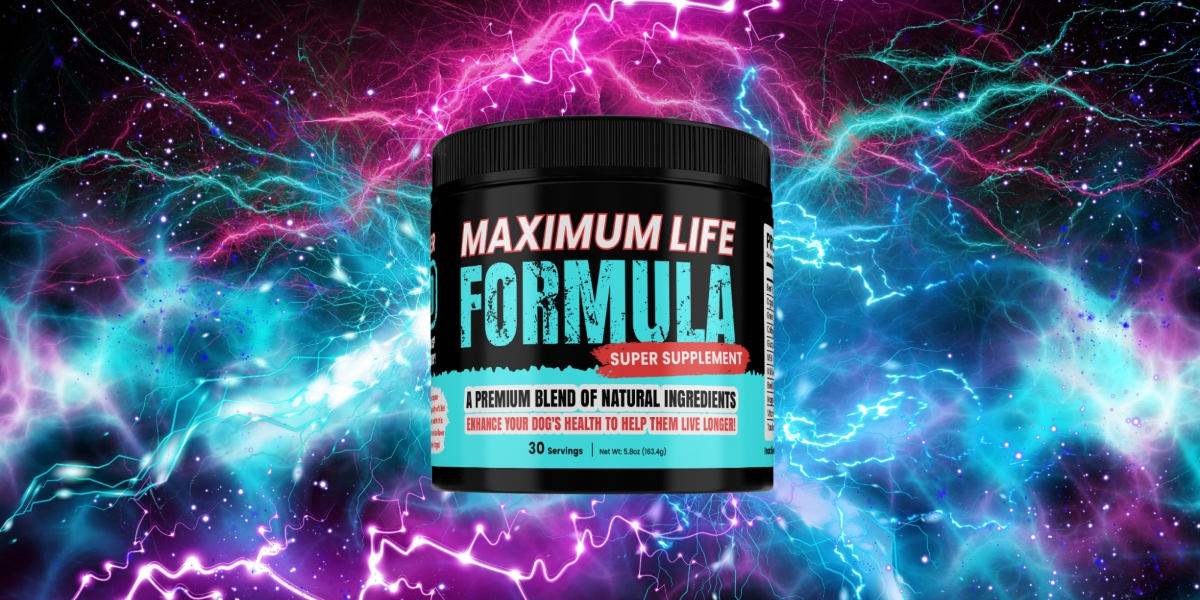Neon signs have come a long way since their humble beginnings, and nowhere is their evolution more apparent than in the food industry. From diners to fast food joints to trendy eateries, neon signs have become a ubiquitous part of the dining experience, adding a touch of personality and flair to establishments of all shapes and sizes. But how did these glowing signs become such an iconic fixture in the world of food? Let’s take a closer look at the delicious history of neon signs in food establishments.
Diners are where it all began. These classic roadside eateries, with their shiny chrome exteriors and jukeboxes blaring the latest hits, were the perfect setting for neon signs to shine. Back in the day, neon signs adorned the windows and facades of diners, beckoning hungry travelers inside with promises of hot coffee and hearty meals. Whether it was a neon “open” sign glowing in the window or a flashy neon sign advertising the day’s specials, diners used neon to create a sense of excitement and energy that kept people coming back for more.
But diners weren’t the only ones embracing neon signs – fast food restaurants got in on the action too. Think about it – what’s the first thing you see when you drive past a McDonald’s or a Burger King? That’s right – those iconic golden arches and flame-grilled burgers glowing in the night sky. These neon signs became synonymous with fast food culture, signaling to hungry customers that delicious eats were just around the corner.
As the years went by, neon signs continued to evolve, adapting to the changing tastes and trends of the food industry. In the 1980s and 1990s, neon signs reached new heights of popularity, with flashy designs and bold colors becoming the norm. Restaurants and bars used neon signs to create a sense of fun and excitement, drawing in crowds with promises of cold drinks and good times.
But perhaps the biggest reason behind the rise of neon signs in food establishments is their ability to create a memorable and Instagram-worthy experience. In today’s social media-obsessed world, everyone’s looking for that perfect photo-op, and neon signs provide the perfect backdrop for those Insta-worthy shots. Whether it’s a neon “pizza” sign in a trendy pizzeria or a neon “tacos” sign in a hip taco joint, these glowing signs add a touch of personality and flair to any dining experience.
And it’s not just about aesthetics – neon signs also serve a practical purpose in food establishments. They’re bright, they’re bold, and they’re virtually impossible to ignore, making them the perfect way to attract attention and draw in customers. Whether you’re advertising daily specials, promoting a new menu item, or simply adding a touch of ambiance to your space, neon signs are an effective and versatile marketing tool.
But perhaps the most important thing about neon signs in food establishments is the sense of nostalgia and comfort they evoke. For many people, seeing a neon sign brings back memories of late-night burgers and milkshakes, of lazy Sunday mornings spent sipping coffee at the local diner. These signs have a way of making us feel at home, of transporting us back to a simpler time when life was a little bit sweeter and a little bit more carefree.
In conclusion, neon signs have become a staple in food establishments for a reason. From diners to fast food joints to trendy eateries, these glowing signs add a touch of excitement and energy to any dining experience. Whether you’re looking to attract customers, create a memorable experience, or simply add a touch of nostalgia to your space, neon signs are the perfect way to do it. So the next time you’re out for a bite to eat, keep an eye out for those iconic neon signs – you never know what delicious delights await you on the other side.









